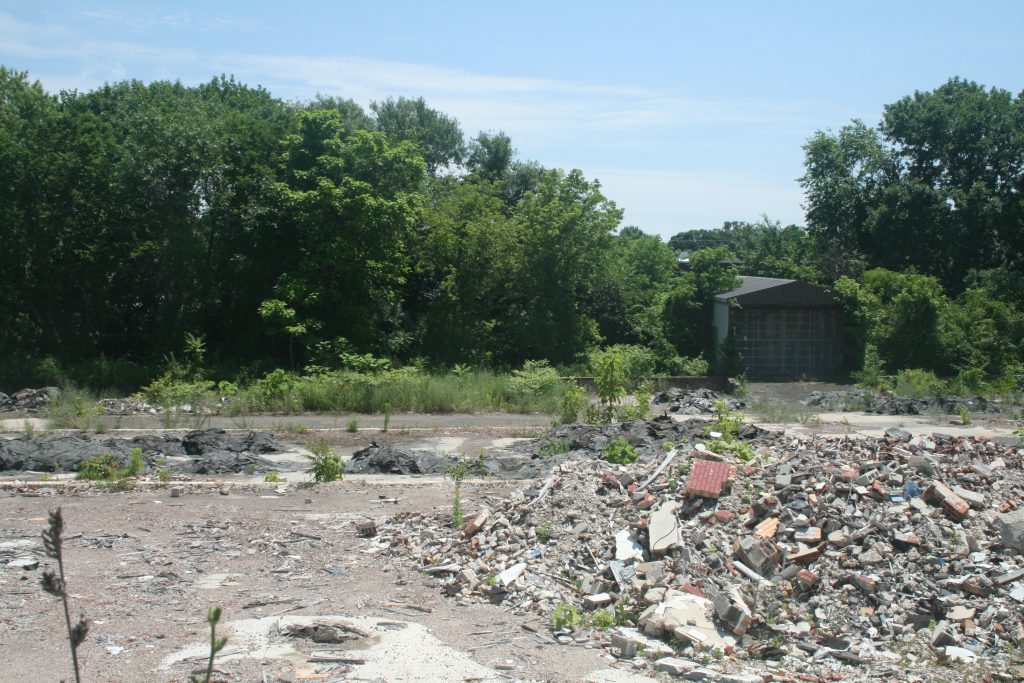
On October 18, 2016 professionals gathered at the Rutgers EcoComplex in Bordentown to discuss emerging issues in the brownfields arena. The workshop was developed by the Economic Development Association of New Jersey and Rutgers University. Highlights follow:
- Barry Frasco, NJDEP discussed new cleanup standards. Current remediation standards expire in April 2022; but DEP’s goal is to adopt amendments to the rule the summer of 2017.
- Bob Blauvelt of GEI, provided his perspective on how New Jersey’s licensed site remediation professional (LSRP) program is helping to support redevelopment and what issues are still being addressed, such as how to handle historic fill, reuse of concrete, third party acceptance of remedial action outcome documents, and continuing obligations.
- James Capasso, City of Trenton, discussed how Trenton developed their brownfields inventory, including a discussion on the prevalence of dry cleaners with no environmental records and the difficulties faced by public entities looking to proactively address brownfield sites to attract development. The Trenton inventory was developed through Sanborn Fire Insurance maps, city directories, historic tax maps and cards, old telephone directories, tax records, engineering records, and inspections department records.
- George Vallone, Hoboken Brownstone Company, provided a developer’s perspective on site selection and the considerations of infrastructure in determining where to develop. Through a series of case studies he demonstrated that proximity to mass transit linking residential areas to job centers, and ease of access to shopping and restaurants, are primary considerations.
- Justin Kenyon, New Jersey Economic Development Authority (NJEDA), shared details on New Jersey programs Grow NJ and the Economic Redevelopment and Growth Program (ERG), both of which will sunset July 1, 2019. In addition to these powerful new programs, the Brownfields and Contaminated Site Remediation program is still active, and can provide up to 75% reimbursement of remediation costs though taxes generated on the redeveloped site.
- Charlie Bartsch, US Environmental Protection Agency, provided an overview of federal funding programs to include the EPA grants (due December 20th), as well as opportunities available via HUD, EDA, DOT, SBA, and USDA.
- Rachael Orbono Stopper, NJDEP, shared that the state Hazardous Discharge Site Remediation brownfield grant program, which provides 100% grants for assessment activities, and can provide partial grants for remediation activities depending upon the end use, is currently well funded.
- Michael Sylvester, EWMA, addressed the use of private funding to remediate and redevelop impacted properties, including a description of equity and debt financing, insurance, lender liability protection, and guaranteed fixed-price remediation.
- Gary Sondermayer, Bayshore Recycling, provided a waste handlers perspective on obstacles and pathways for beneficial reuse of materials. In particular, he stressed that categorical use exemptions provide reliability in estimating costs and timelines; critical in managing remediation and redevelopment projects.
- Mat Brener, BRS, talked about the benefits and challenges of placing green infrastructure for stormwater management on contaminated sites. With the increased emphasis on green infrastructure, communities are looking for ways to integrate this into remediation projects. To ensure protection of the groundwater, it is important to plan for the green infrastructure during the early stages of environmental investigation.
- Edward Sullivan, Matrix New World Engineering provided tips for working successfully with an LSRP, and discussed innovate technologies that can be applied to remediation.


